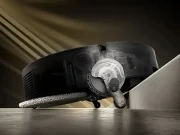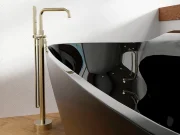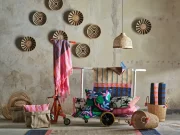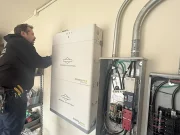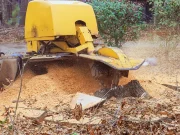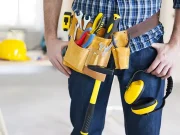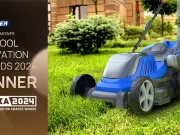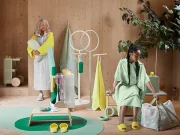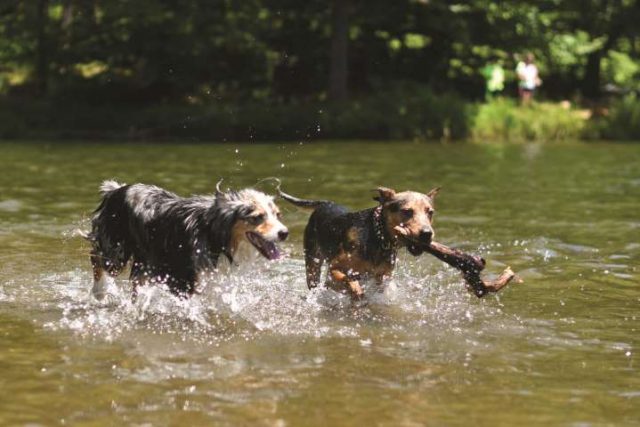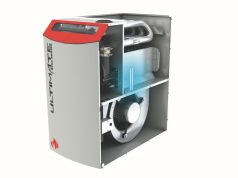There’s plenty of advice on ways to reduce your environmental footprint, but you might be left wondering about the environmental pawprint made by your pet.
According to a 2019 survey conducted by the American Pet Products Association, 67% of families across the country have at least one dog or cat, which is why it’s important to think about how your furry friends affect the planet.
Consider these easy lifestyle changes you can make to help reduce their environmental impact.
Check those waste bags. Use compostable baggies to pick up after your pet when you take walks. Plastic bags take years to break down, if at all. There are options made from plants and other materials that biodegrade quicker. When it comes to disposal, check with your local waste management services as regulations can vary by community. While many places suggest the compost pile, others may not.
Consider your kitty’s litter. For the vast majority of cat families, kitty litter is an absolute must. Look for a litter that’s made from natural ingredients you can put in the compost bin. Not only is this better for the environment, but natural ingredients keep your cat from accidentally ingesting toxic chemicals.
Look at food packaging. Pets go through a lot of food, and that means a lot of packaging. You can reduce waste with an option like Petcurean’s recyclable Tetra Pak cartons, which are made from 65% renewable materials for Now Fresh and GO! Solutions wet food recipes. Additionally, its Gather line of kibble in plant-based bags is made from 30% sugarcane, which reduces the use of petroleum-based materials.
At home, consider ways to upcycle empty food bags to get more use out of the material, such as using them to collect garden and yard waste. You can also flatten bags into waterproof mats for your vehicle’s floorboards or make a waterproof barrier between your pet’s bed and the floor.
Prepare for water on the go. While humans can easily drink water from a reusable bottle, most pets cannot. Instead of making a mess by attempting to give water with your hands, make things easy on yourself and the environment by keeping a stainless-steel water dish in your car. It’s a durable solution that keeps your pet from being exposed to chemicals in plastic or silicone.
Think about accessories. Pets go through countless leashes, toys and dishes across their lifespans. Thinking about these items as investments and purchasing items that are more durable means they last longer and you’ll waste less. For gently used items you’re ready to discard, like outgrown leashes, consider whether they still have useful life and can be reused by a rescue group or shelter. Also, for toys in particular, it’s important to know what materials they contain. For example, some pet toys are made with plastic containing BPAs, which can be harmful and negatively impact the environment. Instead look for toys that are made from eco-friendly materials.
For more ideas to reduce your family’s environmental pawprint and care for your pet, visit petcurean.com/blog.

